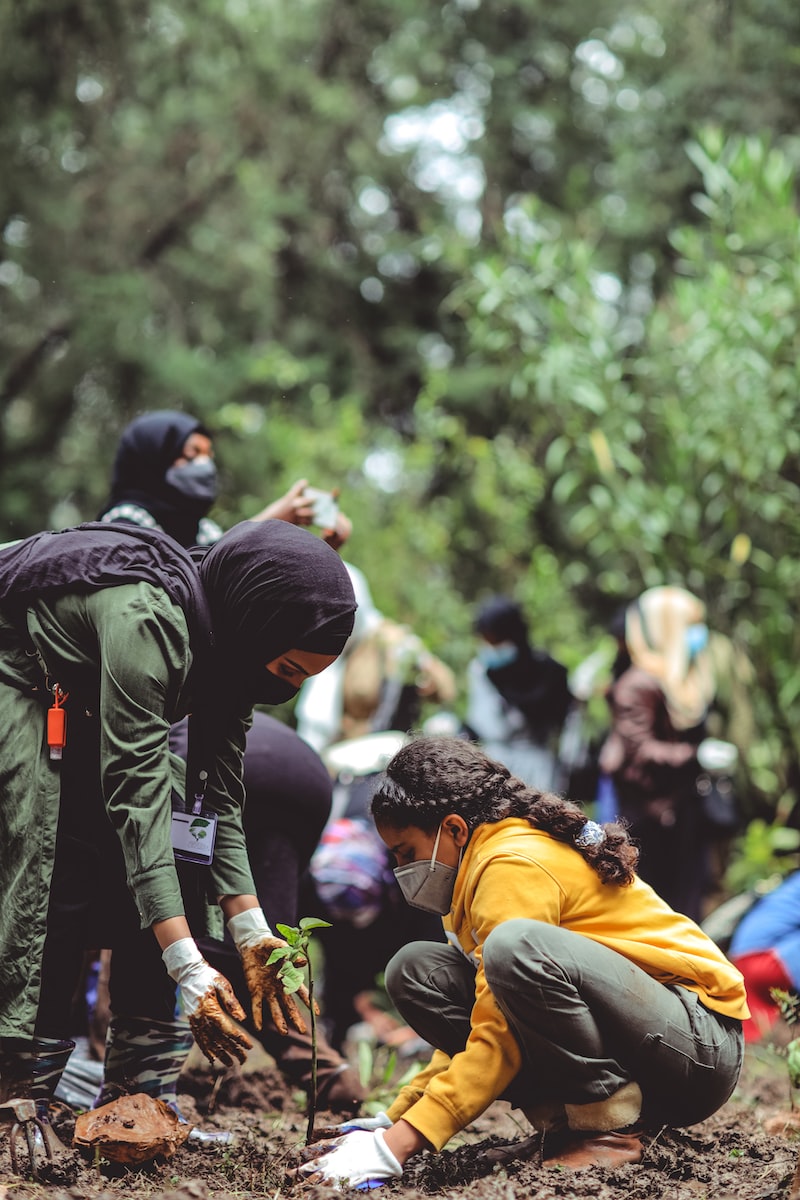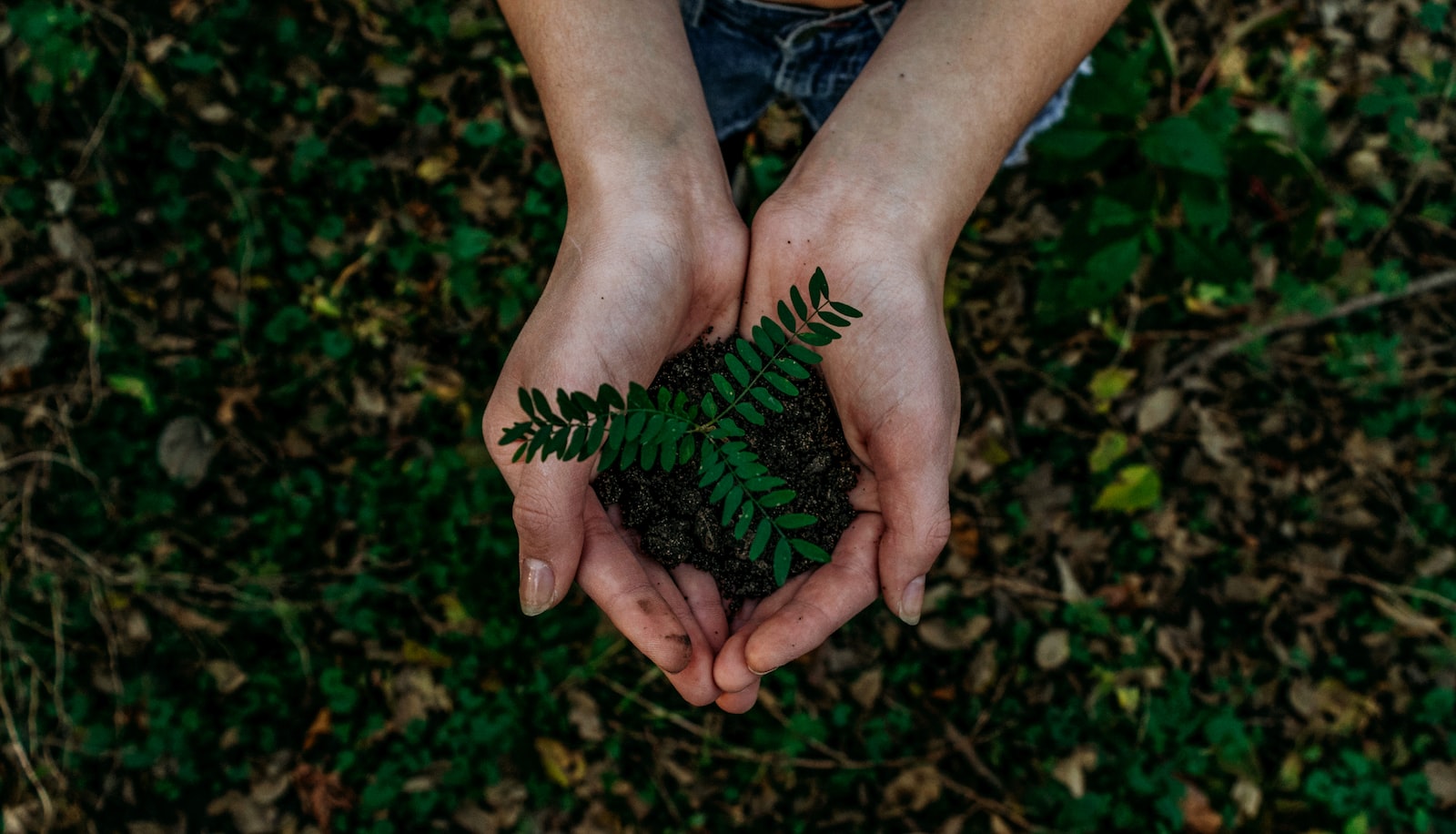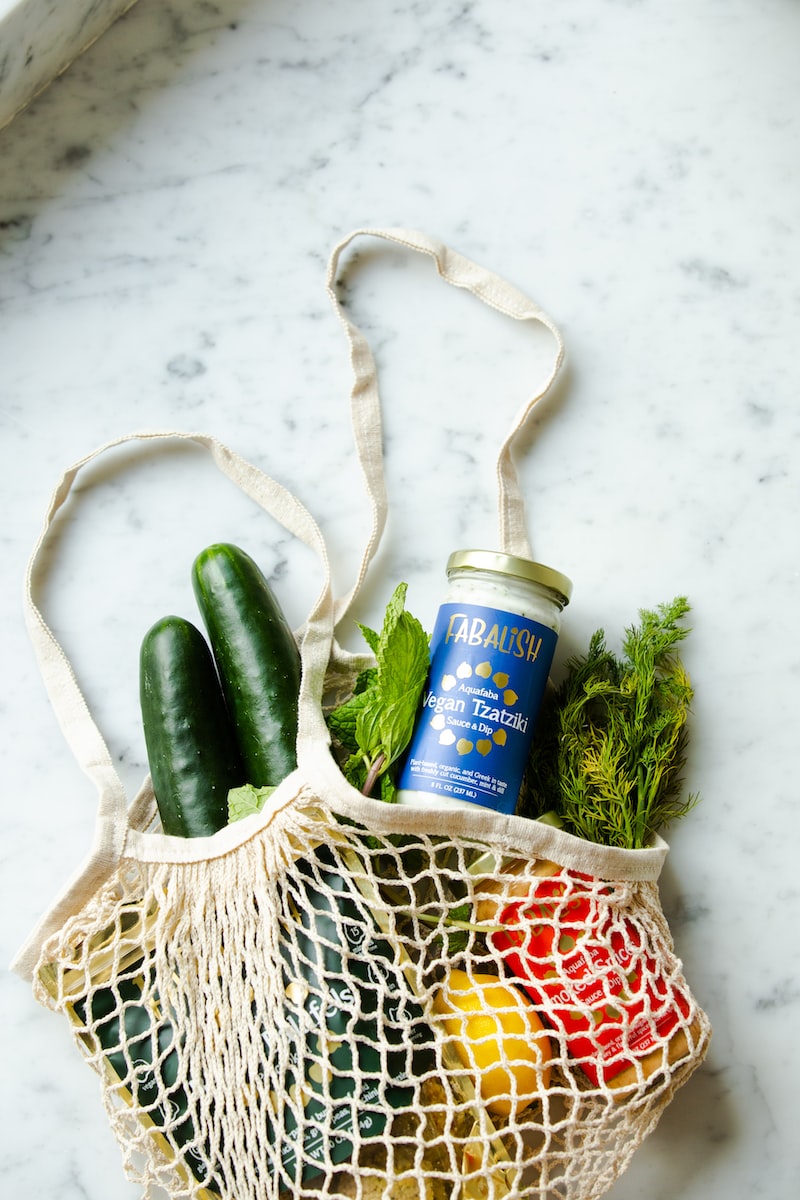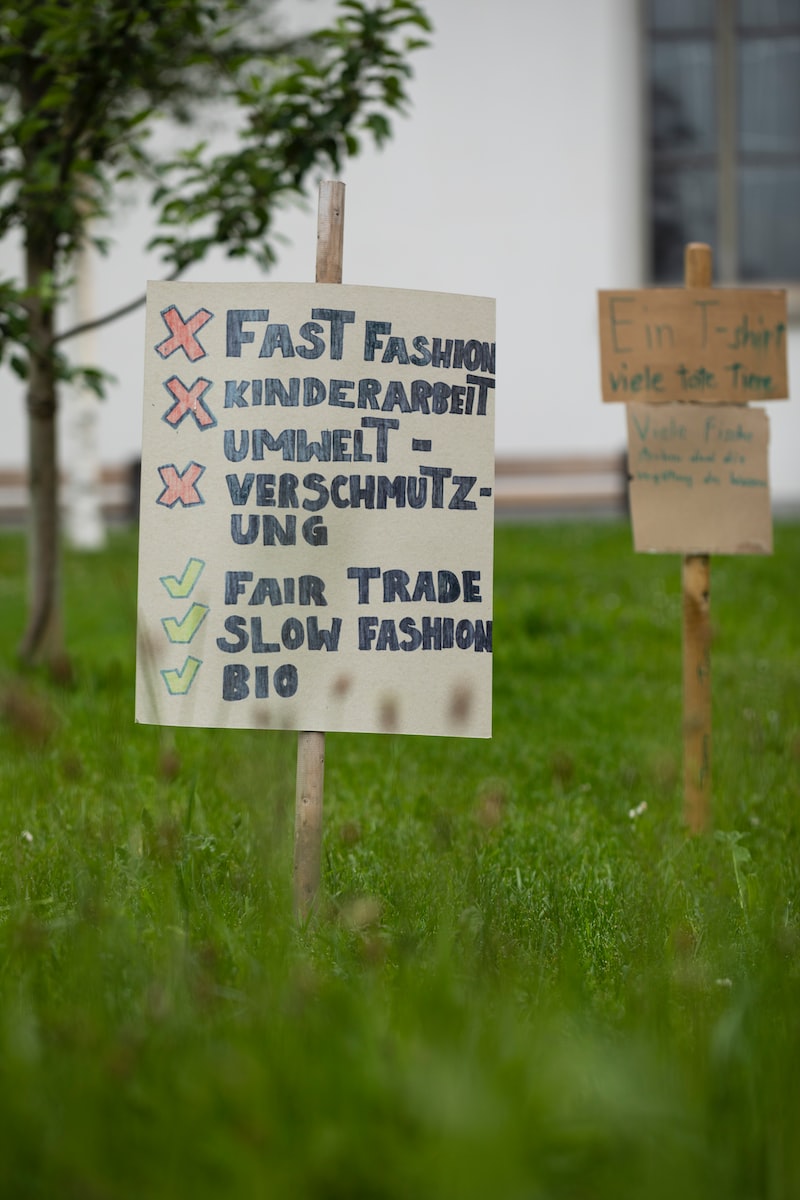Deforestation is the deliberate removal of forest land. Deforestation not only damages the environment but also damages forest areas’ ecosystems and biodiversity. With more people on the planet now than there have ever been, precious natural resources are increasingly in demand. Unfortunately, these resources are too often used in irresponsible and destructive ways; to the detriment of the planet we call home. Forest land is often cleared for many different reasons: most often for palm oil, soy, housing urban development or farmland. In addition to the detrimental effects of deforestation, a lack of sufficient reforestation will cause irreparable harm to the environment. Also, even with sufficient reforestation, trees do not fully mature overnight, and all of the benefits they provide can take many years to materialize. In that regard, we must do everything we can to help fight deforestation, and here are some tips on how to do so.
Planting Trees
Planting a tree is one of the best ways to counter deforestation. Since so many trees are being cut down and cleared, planting new ones is absolutely necessary, and the pace must be kept up. Planting trees brings biodiversity, oxygen and shade back to an area. Trees also provide nutrients and habitats for various animals, helping to shield and protect them from predators that cannot climb. One of the ways you can help with planting trees (without actually physically planting one) is by switching your search engine to Ecosia. When you use Ecosia to make searches online, they plant trees in exchange.

Eat Less Meat
Animal agriculture requires huge amounts of land, and forests are cleared far too often to make room. Reducing or eliminating your meat consumption is an excellent way to reduce the demand for deforestation. It will also be beneficial for your physical health and you will be doing a good thing for the animals. If you think that it will it challenging to reduce the amount of meat you eat, start slow; cut out one meal with meat each week and go from there. You can try replacing meat with a plant-based option, such as soy, beans or even a large salad with lots of vegetables. If you are worried about “losing” a protein source, many vegetables have more than you may realize. Broccoli, asparagus and spinach are some examples to name a few. Also, there are now many more plant-based burgers and meatless “meats” than there were ten years ago. It’s a vegan’s world! In addition, eating less meat is one of the best overall things you can do to reduce your carbon footprint. A great switch for your body and the planet!
Recycle Paper/Cardboard
Paper that is properly recycled can be reused to make more paper products. Although this paper was most likely made from trees that were cut down, you can do your part to keep this paper in circulation as long as possible. When you keep paper and cardboard out of the trash, you are reducing the chance that they will end up in landfills.
Buy Sustainable Wood
Buying sustainable wood will help reduce the demand for logging, especially ones collected through illegal means. But what is really sustainable? Is bamboo sustainable? Well, that’s a whole separate discussion. The best option is to buy recycled wood. Though if this is not available, look for certification seals like the FSC (Forest Stewardship Council) seal to ensure that the wood you’re getting is in fact sustainably sourced.
Avoid Palm Oil
Unfortunately, most products that contain palm oil do not obtain palm oil sustainably. In reality, only a small amount of palm oil is harvested sustainably. If and when you can, try to avoid buying products containing palm oil, unless it is explicitly stated on the packaging that it is sustainably sourced. In addition, palm oil is very high in saturated fats, which are unhealthy. So avoiding it altogether, when possible, is generally a good idea. Believe it or not, palm oil is not just in food products. It is used in everything from shampoo to makeup. For this reason, it is important to find brands that either do not use palm oil in their products or ones that source sustainably.
Support Indigenous Communities
Standing with and giving your support to indigenous peoples is a wonderful thing to do, and it also happens to help fight deforestation. When indigenous communities are able to gain recognition and full rights to their lands, forests remain in place. It is vital that these communities receive as much support as possible in order not only to respect and honour human rights, but also fight against deforestation.

Photo by Deb Dowd
Push for Regulation
Fighting deforestation cannot fully happen without reasonable and proper regulations that protect forested lands. When lawmakers work with environmental organizations to craft forest protection policies, it is more likely that responsible and well-written policies will emerge. Support politicians and lawmakers that are working to fight against deforestation and help protect our natural lands.
Although deforestation is a big problem, there are many actions that can be taken to fight against it. Armed with some more information about ways that you can make positive changes, we hope that you will implement one or several of these tips.
For more tips on how to live a more sustainable life, check out our magazine.











